Popular toys that were in-demand in the 1980s
Ah, the 1980s! A time of neon leg warmers, cassette tapes, and an explosion of iconic toys that captured the imaginations of kids everywhere. This decade was a golden age for playthings, where creativity knew no bounds, and Saturday morning cartoons often doubled as commercials for the latest must-have action figure or doll. From transforming robots to scented dolls, the 1980s was a playground of innovation and nostalgia that continues to enchant new generations.
The Rise of Action Figures: G.I. Joe, Transformers, and Beyond

The 1980s saw the rise of action figures as a staple in toy boxes across the globe. G.I. Joe, originally launched as a 12-inch figure in the 1960s, was rebranded in 1982 as a smaller, more articulated figure, igniting a new era of collectible battles. Around the same time, Transformers burst onto the scene, offering kids the thrill of toys that could change from vehicles to robots. These figures were not just toys but cultural icons that inspired animated series and comic books.
Barbie’s Fashionable Evolution and Her 1980s Wardrobe
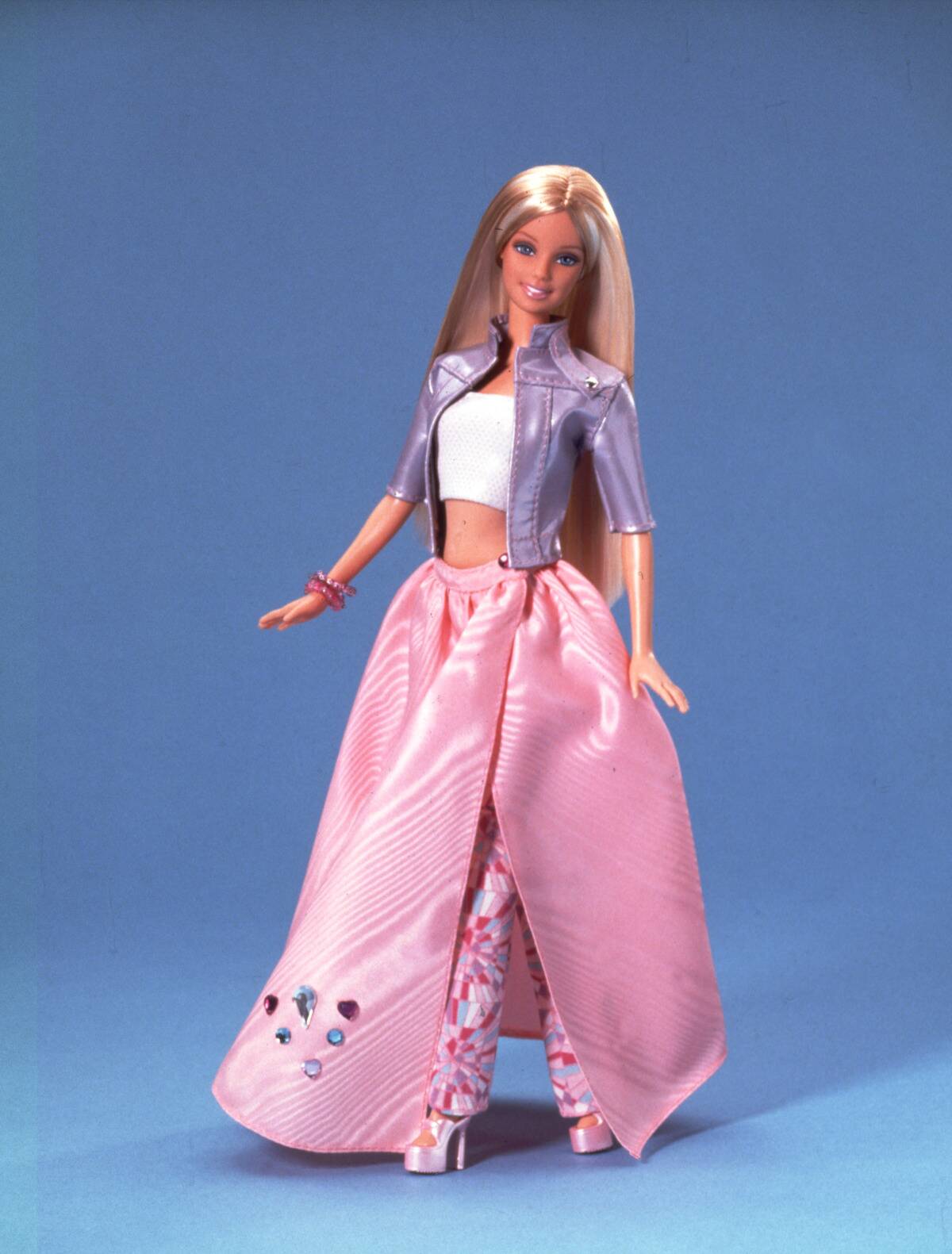
Barbie, the quintessential fashion doll, underwent her own transformation in the 1980s. With an emphasis on glamorous outfits and diverse career options, Barbie reflected the era’s trends and aspirations. From “Day-to-Night Barbie” that transformed from office attire to evening wear, to “Rockers Barbie” who embraced the music scene, her wardrobe changes mirrored shifting societal norms and encouraged imaginative play. Barbie was more than just a doll; she was a symbol of possibility.
Cabbage Patch Kids: The Doll Craze That Swept the Nation
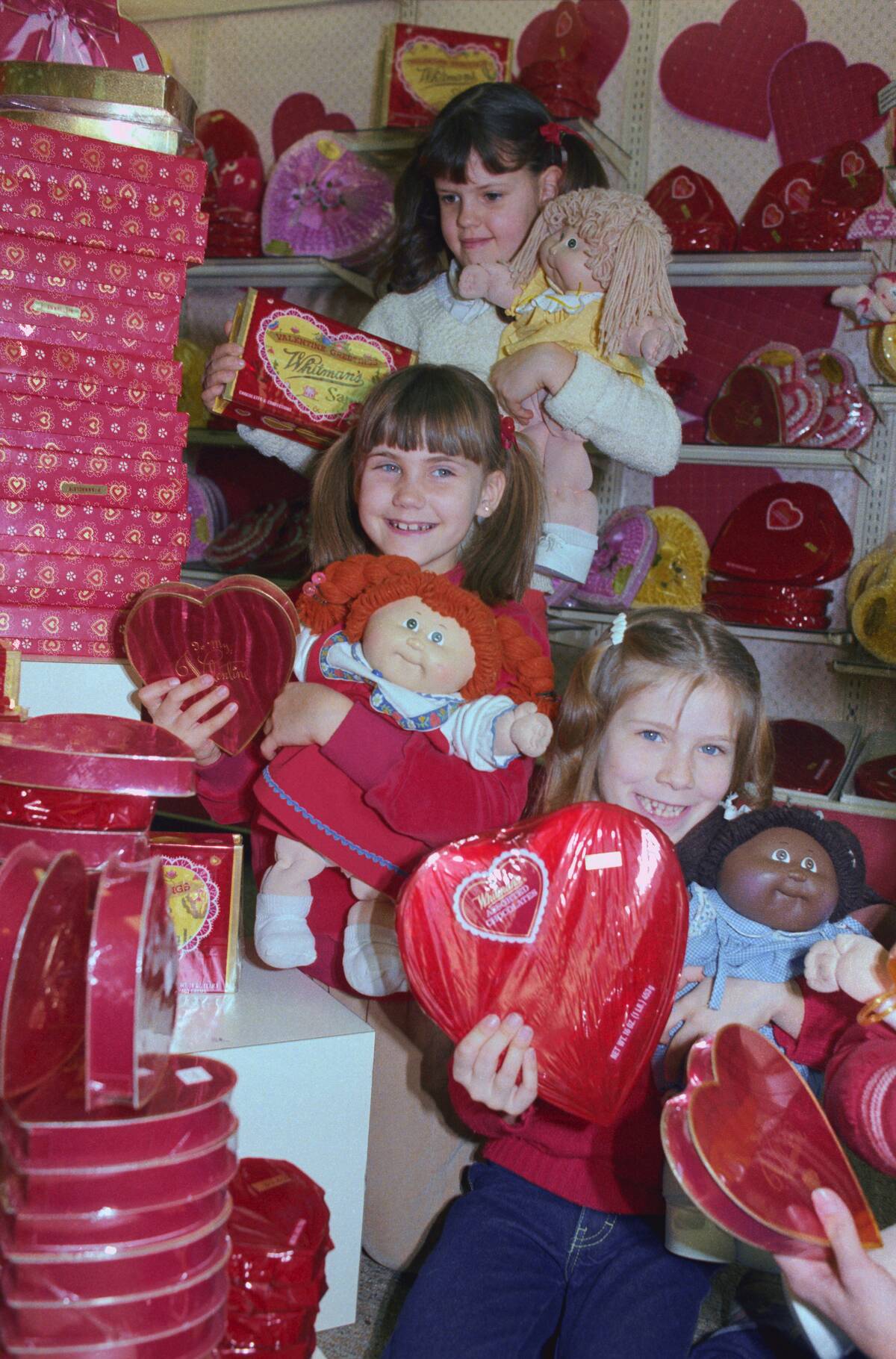
Cabbage Patch Kids were the toy sensation of the 1980s, with their unique soft bodies, yarn hair, and individualized birth certificates. Launched in 1983, these dolls sparked a retail frenzy, with parents lining up for hours to adopt one for their child. The appeal lay in each doll’s distinct look and name, making them feel like a unique addition to the family. This craze not only defined holiday shopping madness but also became a significant marker of 1980s pop culture.
The Rubik’s Cube: A Puzzle Phenomenon

The Rubik’s Cube, invented by Ernő Rubik in 1974, became a worldwide phenomenon in the 1980s. This deceptively simple-looking puzzle, with its six colorful faces, challenged and frustrated millions. By 1983, over 100 million cubes had been sold, turning it into a staple of 1980s pop culture. The cube’s popularity gave rise to speedcubing competitions, where enthusiasts raced to solve the puzzle in record time, showcasing how a toy could spark a global intellectual challenge.
He-Man and the Masters of the Universe: Power and Popularity
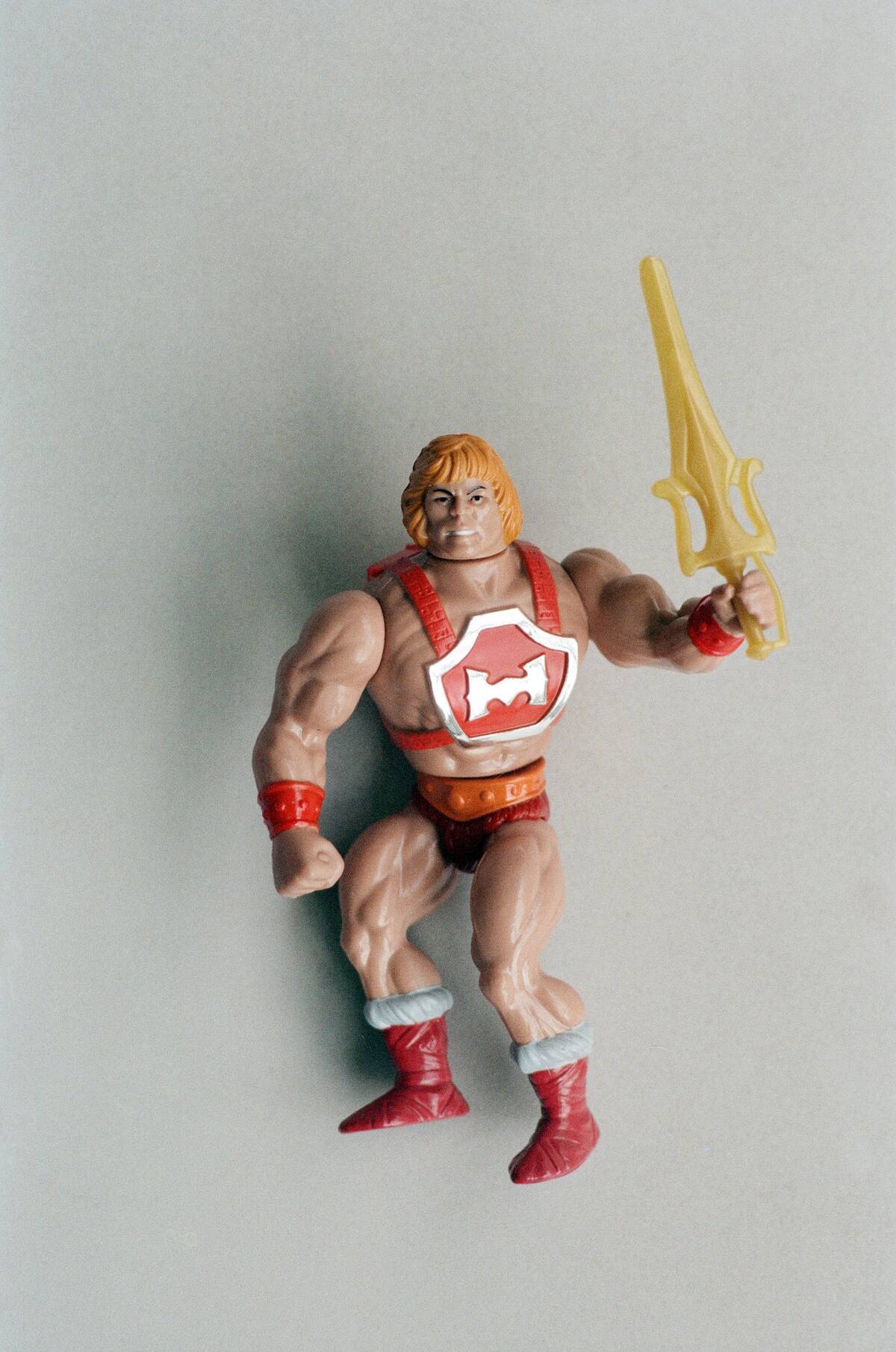
He-Man and the Masters of the Universe brought the power of Grayskull into homes with a line of muscular action figures and a popular animated series. Launched by Mattel in 1982, He-Man figures were known for their exaggerated physiques and epic battles against the villainous Skeletor. The franchise was among the first to blend toy lines with media, ensuring that stories from the cartoon translated into hours of imaginative play. It was a lesson in branding that many toy lines would emulate.
My Little Pony: Bringing Magic and Friendship to Playtime
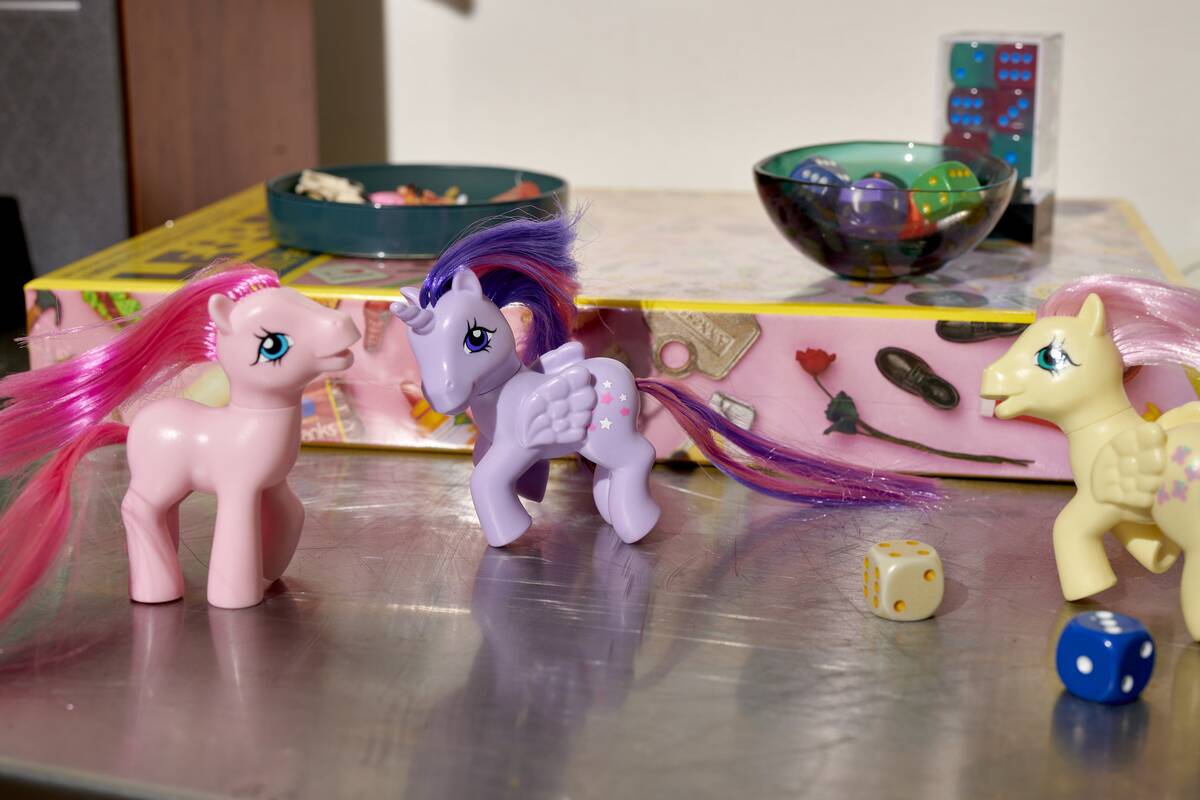
My Little Pony pranced into the hearts of children in the early 1980s, offering a world of colorful equines with brushable manes and tails. Each pony had its own symbol, or ‘cutie mark,’ and came with a backstory that encouraged kids to explore themes of friendship and magic. The success of My Little Pony led to animated specials and a television series, ensuring that these charming characters and their adventures became a staple of 1980s childhoods.
The Nintendo Entertainment System: Revolutionizing Video Gaming
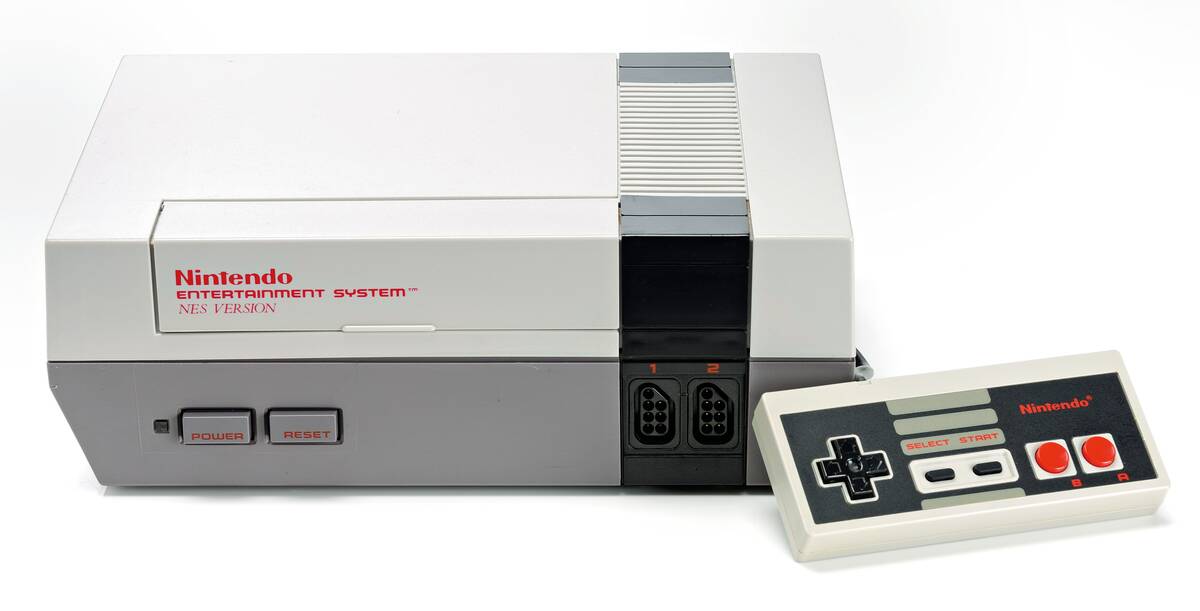
The Nintendo Entertainment System (NES) was a game-changer in the video game industry when it launched in North America in 1985. With its iconic grey console and controllers, it brought arcade-quality games into living rooms. Titles like ‘Super Mario Bros.’ and ‘The Legend of Zelda’ became instant classics, setting the standard for future gaming. The NES didn’t just provide entertainment; it laid the groundwork for a new era of interactive digital experiences that still influence gaming today.
Teddy Ruxpin: The Storytelling Bear with a Heart
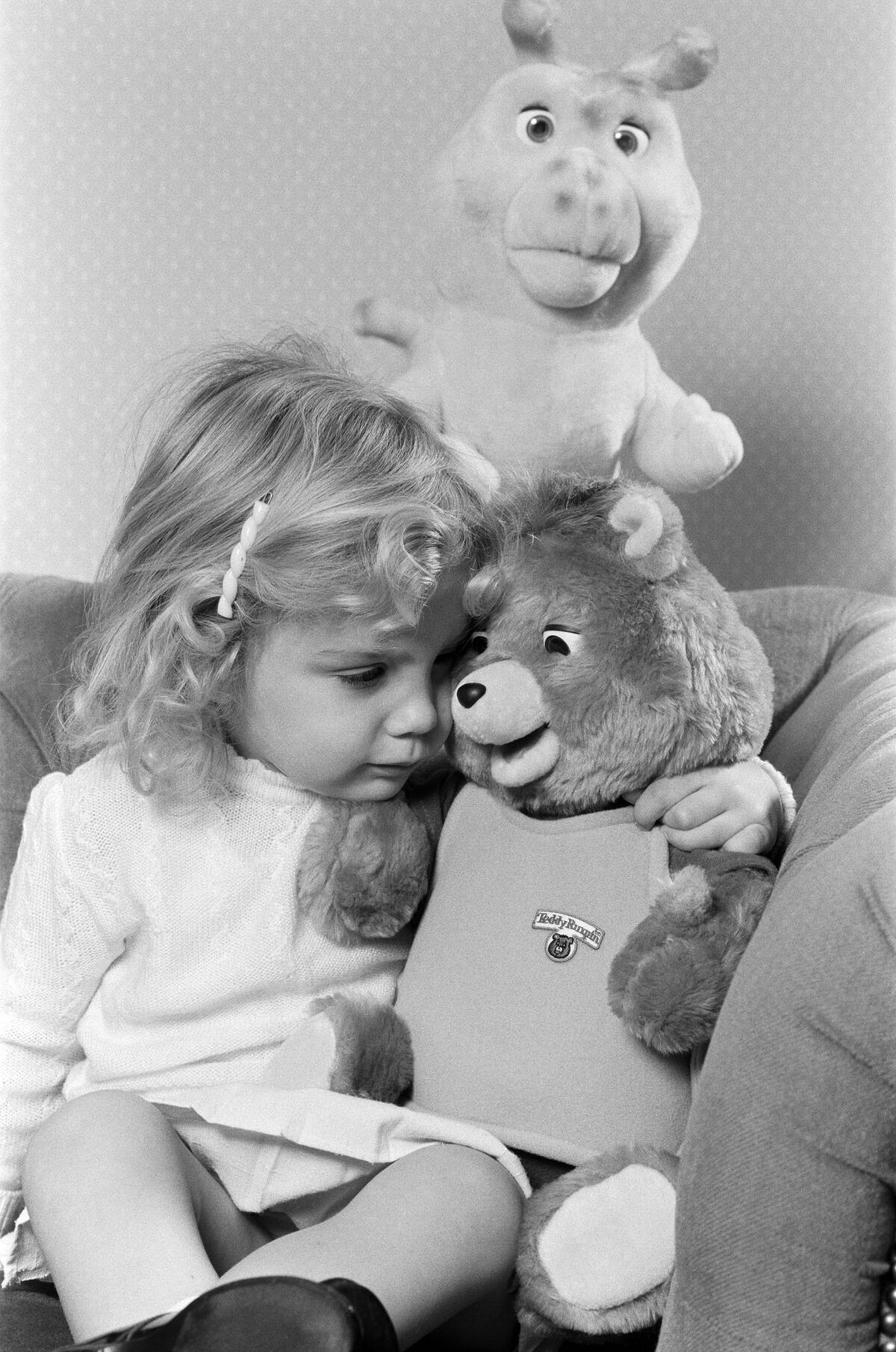
Teddy Ruxpin was no ordinary teddy bear; he was a storytelling phenomenon. Released in 1985, this animatronic bear would read stories aloud with the help of a cassette player embedded in his back. His moving eyes and mouth captivated children, creating an interactive reading experience. Teddy Ruxpin was more than a toy; he was a companion that encouraged a love of storytelling and reading, making him a beloved figure in 1980s toy history.
Care Bears: Spreading Love and Cheer through Play
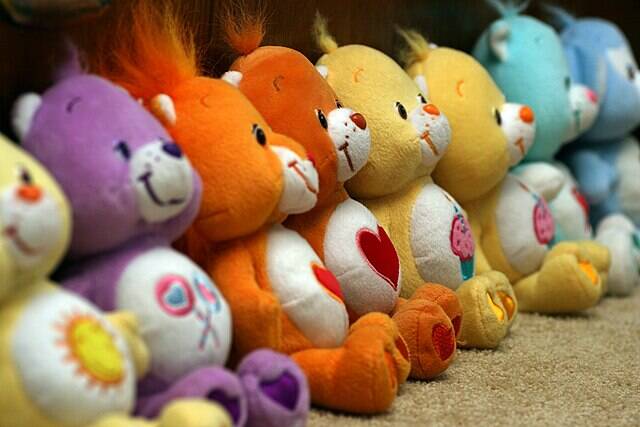
Care Bears, with their colorful, plush bodies and distinct belly badges, brought a message of love and kindness to playtime. Introduced in 1983, each bear represented a different emotion or trait, teaching children about empathy and friendship. Accompanied by a popular animated series and movies, these cuddly characters found their way into the hearts of kids worldwide. Care Bears were more than just toys; they were ambassadors of positivity and emotional growth.
Ghostbusters Toys: Ecto-1 Adventures in Your Living Room
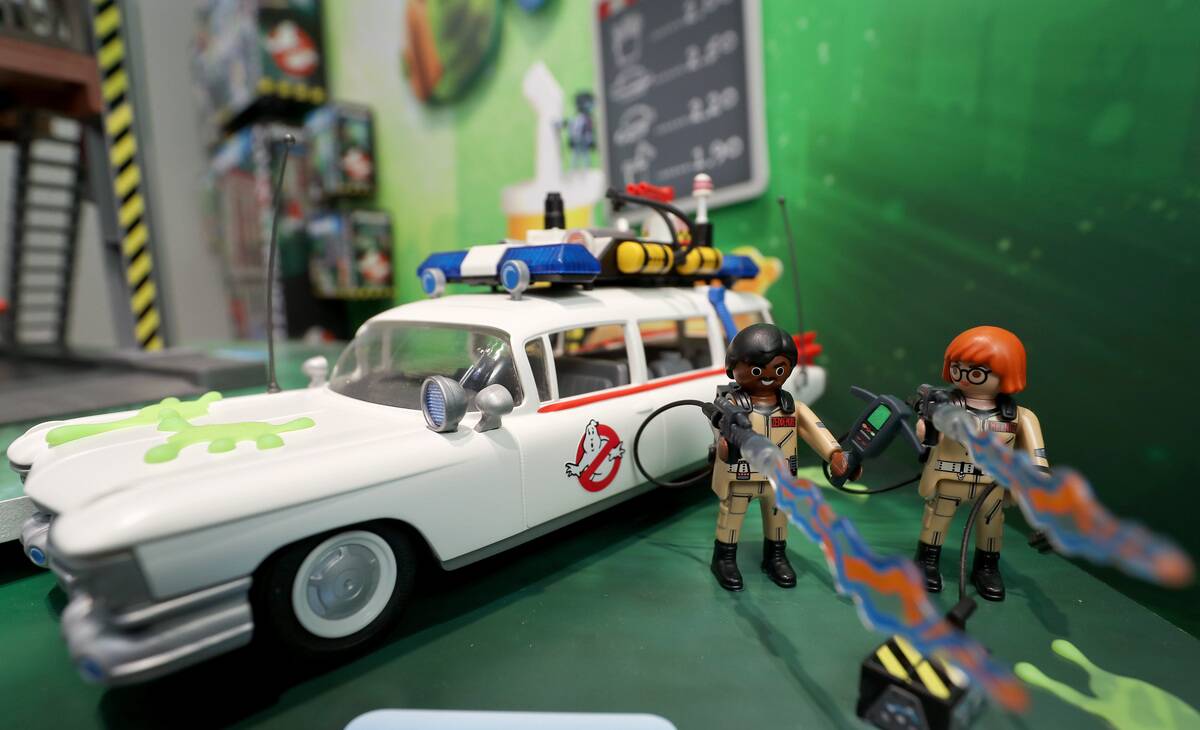
Who you gonna call? Ghostbusters! The 1980s hit movie franchise spawned a successful line of toys that brought supernatural adventures into the home. The Ecto-1 vehicle, ghost-catching proton packs, and action figures of the Ghostbusters team allowed fans to recreate their favorite scenes. These toys captured the fun and excitement of the films, letting kids join the battle against mischievous ghosts. It was a perfect blend of adventure and humor that resonated with young fans.
Lite-Brite: A Glow-in-the-Dark Canvas for Creativity
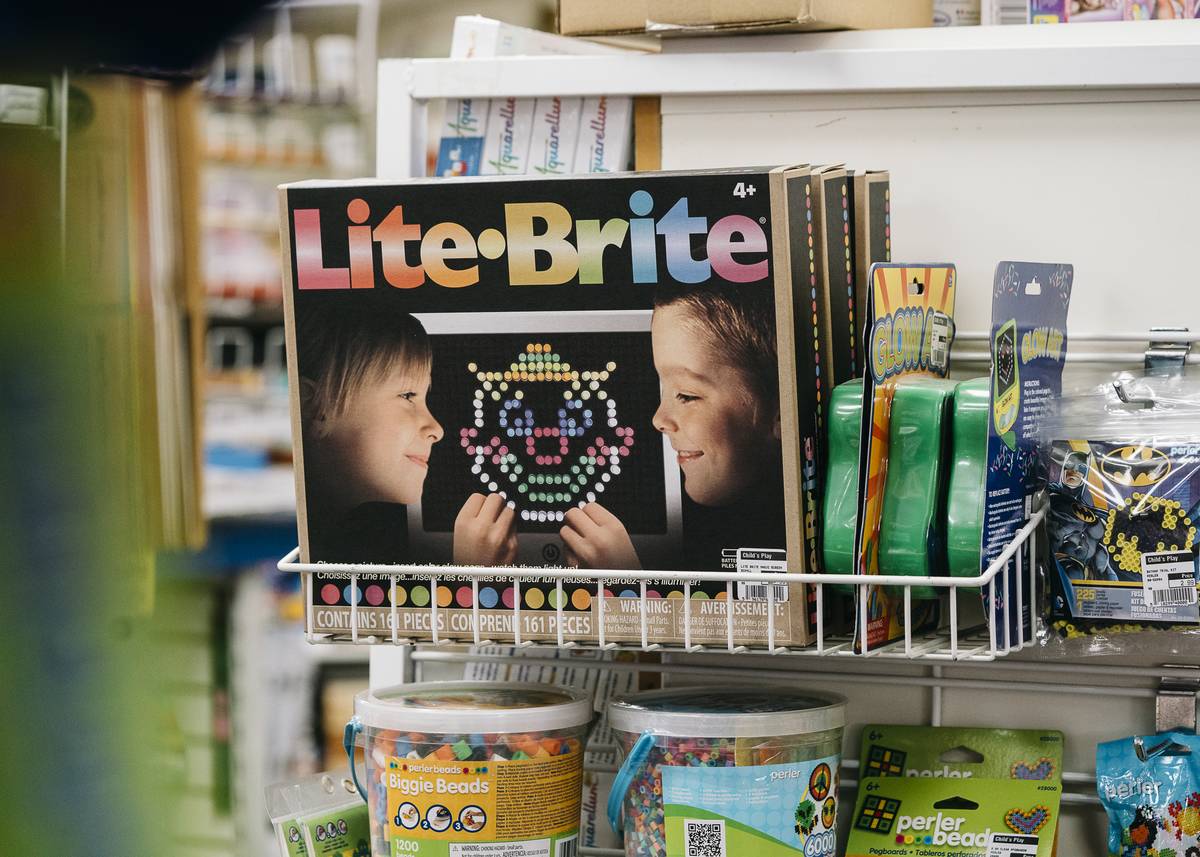
Lite-Brite allowed children to create glowing masterpieces with colored pegs on a backlit board. Introduced in the late 1960s but gaining massive popularity in the 1980s, it encouraged creativity and fine motor skills. With templates ranging from cartoon characters to original designs, kids could express themselves in a unique, illuminated way. Lite-Brite was more than just a toy; it was a gateway to artistic exploration, allowing imaginations to shine brightly.
The Smurfs: Little Blue Characters with Big Toy Appeal
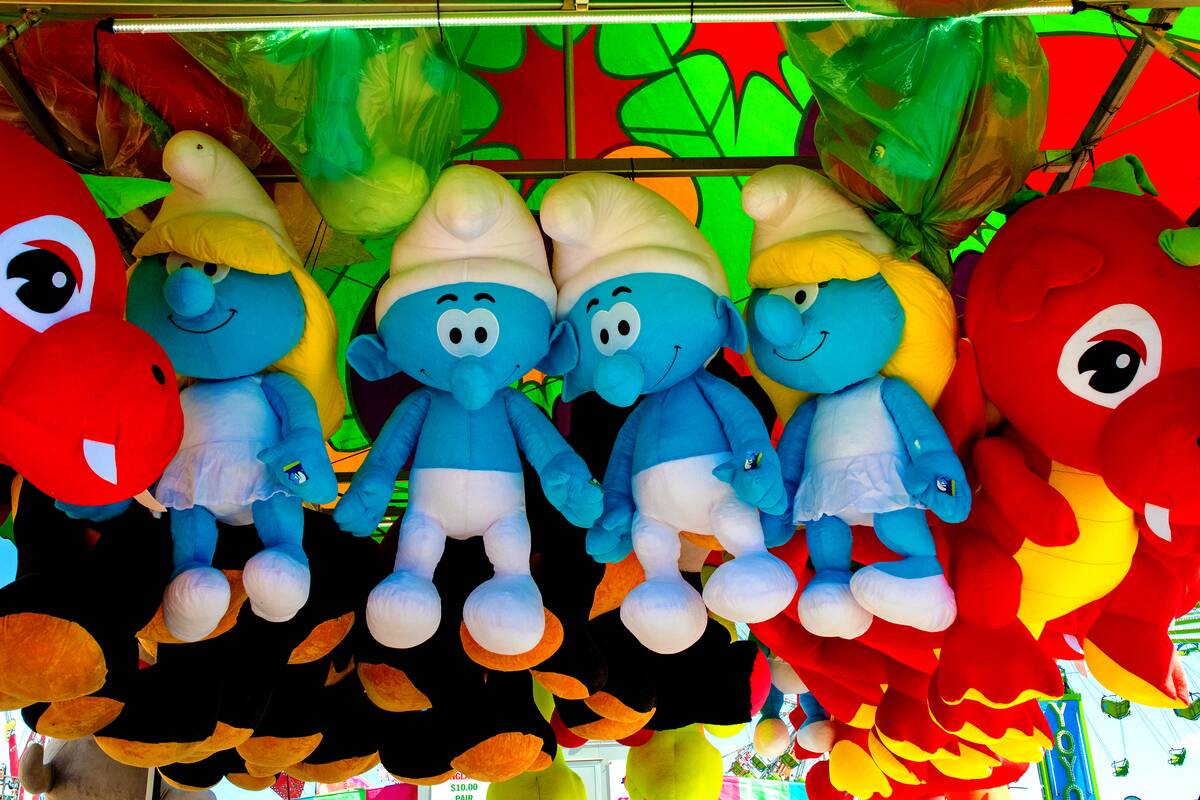
The Smurfs, with their distinctive blue skin and white hats, were a beloved part of 1980s toy culture. Originating from a Belgian comic series, these small figurines became popular worldwide thanks to an American animated TV series. Each Smurf had a unique personality, making them perfect for imaginative play. The toys and show promoted themes of community and teamwork, resonating with children and ensuring their place as cherished icons of the 1980s.
Pound Puppies: The Adoptable Plush Companions
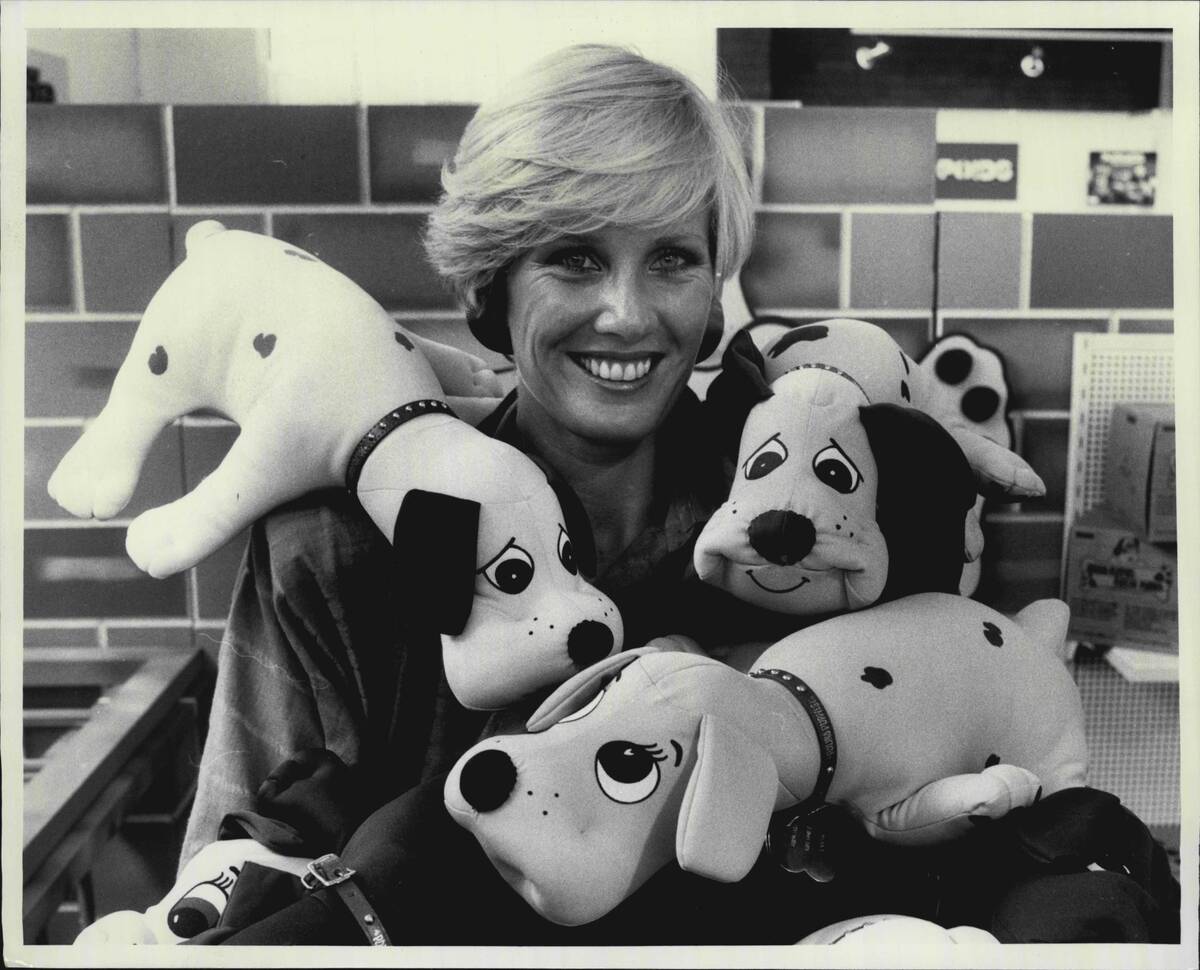
Pound Puppies, introduced in the 1980s, were plush dogs that came with their own adoption certificates, encouraging kids to care for their new furry friends. These soft, huggable toys were available in various breeds and colors, making each one feel special. The success of Pound Puppies led to an animated series that further captured the hearts of children. They weren’t just toys; they were companions that taught responsibility and empathy through play.
Simon: The Electronic Game That Tested Your Memory
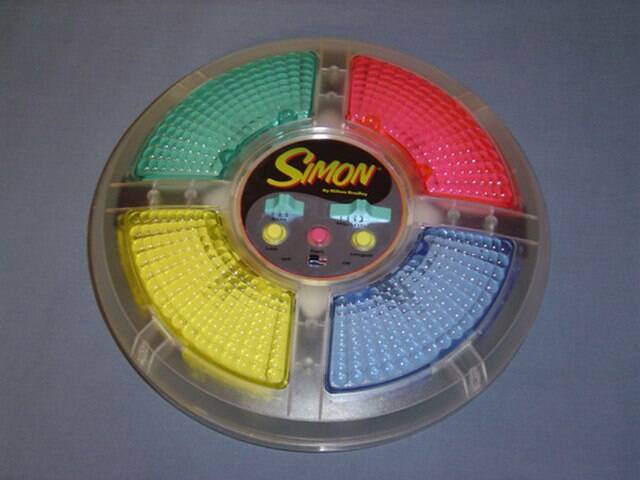
Simon, the electronic memory game, was a must-have for tech-savvy kids of the 1980s. Released by Milton Bradley in 1978, it gained widespread popularity in the following decade. The game challenged players to remember and repeat increasingly complex sequences of lights and sounds. Simon was more than just a game; it was a test of memory and concentration that provided endless hours of entertainment and friendly competition among friends and family.
Teenage Mutant Ninja Turtles: Heroes in a Half Shell
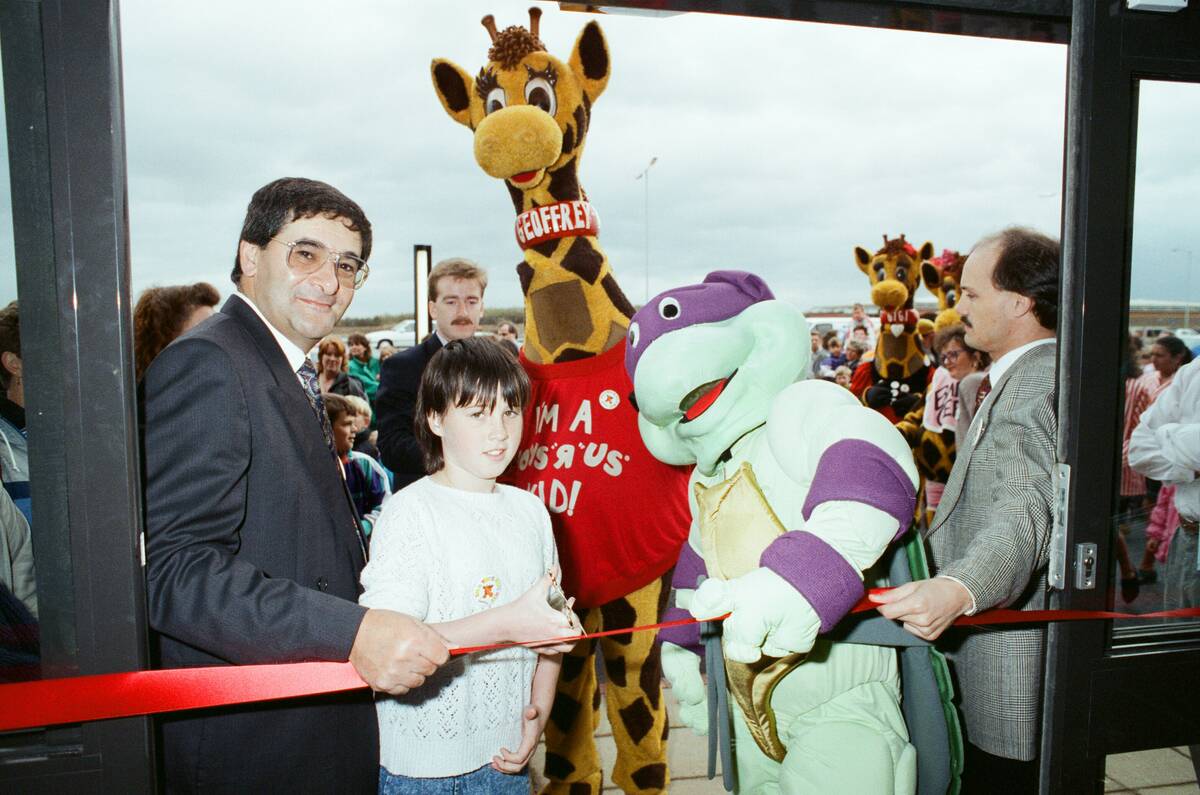
Cowabunga, dude! The Teenage Mutant Ninja Turtles burst onto the scene in the late 1980s, quickly becoming a cultural phenomenon. Originating from a comic book series, the turtles—Leonardo, Michelangelo, Donatello, and Raphael—were transformed into action figures, an animated TV series, and movies. Their martial arts skills and love for pizza made them relatable and endearing to kids worldwide. These heroes in a half shell became icons of 1980s pop culture, inspiring generations of fans.



